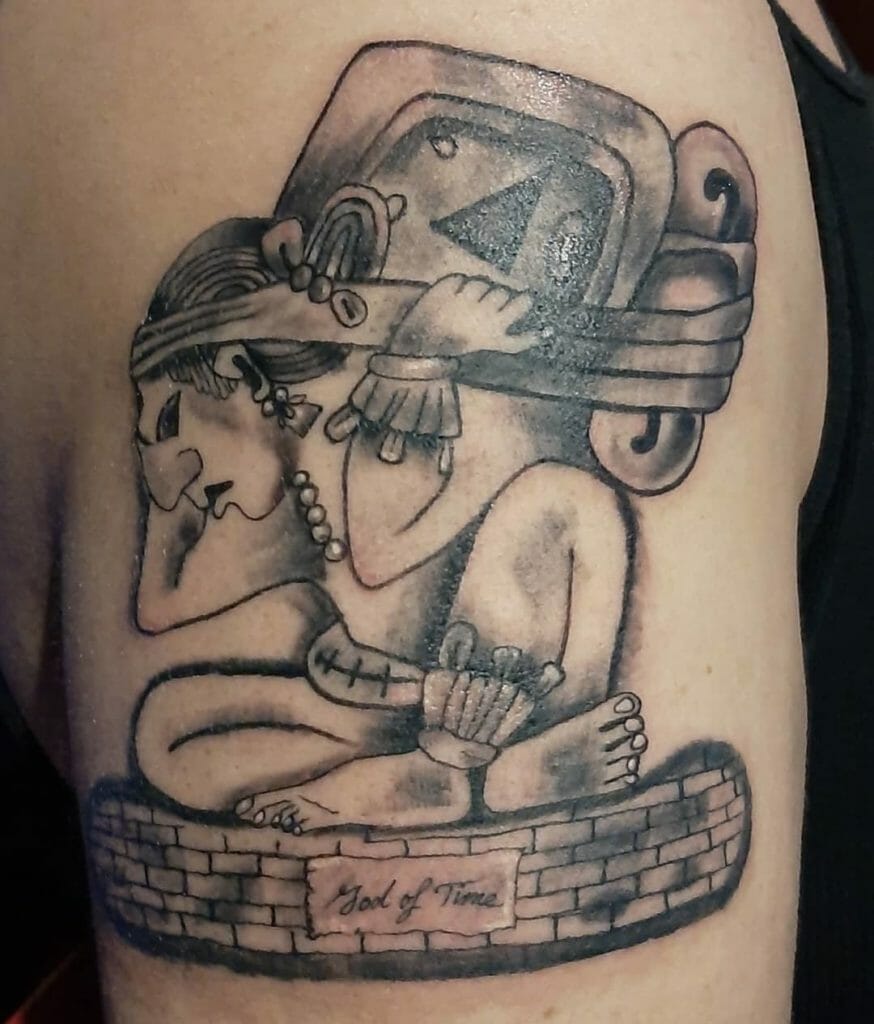7 Expert Secrets To Generate Unique Tattoos
Introduction to Unique Tattoos
Getting a tattoo is a personal and significant decision, and having a unique design is crucial for many individuals. A unique tattoo not only reflects one’s personality but also tells a story that is exclusive to the wearer. With the rise of tattoo culture, the demand for distinctive and creative designs has increased. In this article, we will explore 7 expert secrets to generate unique tattoos that will help you stand out from the crowd.Understanding Your Style
Before generating a unique tattoo design, it’s essential to understand your personal style. Consider your preferences, interests, and values to determine the type of design that suits you best. Ask yourself:- What are my hobbies and passions?
- What kind of music, art, or literature do I enjoy?
- What are my favorite colors, symbols, or motifs?
Exploring Different Art Styles
There are various art styles that can inspire unique tattoo designs. Some popular styles include:- Minimalism: Simple, elegant, and subtle designs that focus on clean lines and minimal details.
- Realism: Highly detailed and realistic designs that mimic real-life images.
- Abstract: Non-representational designs that use shapes, colors, and patterns to create a unique visual effect.
Combining Symbols and Meanings
Symbols and meanings can add depth and significance to your tattoo design. Consider combining different symbols, such as:| Symbol | Meaning |
|---|---|
| Anchor | Hope, stability, and strength |
| Compass | Direction, guidance, and navigation |
| Feathers | Freedom, protection, and spiritual growth |
Using Nature as Inspiration
Nature is a rich source of inspiration for unique tattoo designs. Consider using:- Flowers: Symbols of growth, beauty, and fragility.
- Trees: Representations of strength, wisdom, and resilience.
- Animals: Embodiments of characteristics, such as courage, loyalty, or adaptability.
🌟 Note: When using nature as inspiration, consider the cultural and personal significance of the symbols and motifs you choose.
Working with a Tattoo Artist
Collaborating with a tattoo artist can help you generate a unique design that meets your expectations. When working with an artist:- Communicate your ideas and preferences clearly.
- Provide reference images and inspirations.
- Be open to suggestions and feedback.
Finalizing Your Design
Once you have generated a unique tattoo design, it’s essential to finalize the details. Consider:- Size and placement: Ensure the design fits comfortably on your body and is placed in a location that you are happy with.
- Color and shading: Choose colors and shading techniques that enhance the design and suit your skin tone.
- Font and typography: Select a font and typography that complements the design and is easy to read.
In summary, generating a unique tattoo design requires a combination of personal style, art inspiration, symbolism, and collaboration with a tattoo artist. By following these 7 expert secrets, you can create a design that is not only unique but also reflects your individuality and personality. With a unique tattoo, you can express yourself confidently and showcase your personal style to the world.
What is the most important factor in generating a unique tattoo design?
+The most important factor in generating a unique tattoo design is understanding your personal style and preferences. This includes considering your interests, values, and aesthetic to create a design that is authentic and meaningful to you.
How can I ensure that my tattoo design is unique and not copied from someone else?
+To ensure that your tattoo design is unique, work closely with a tattoo artist to create a custom design that reflects your individual style and preferences. You can also research and explore different art styles, symbols, and meanings to create a design that is truly one-of-a-kind.
What is the best way to communicate my design ideas to a tattoo artist?
+The best way to communicate your design ideas to a tattoo artist is to provide clear and concise information about your preferences, inspirations, and expectations. Bring reference images, explain your ideas, and be open to feedback and suggestions from the artist.
